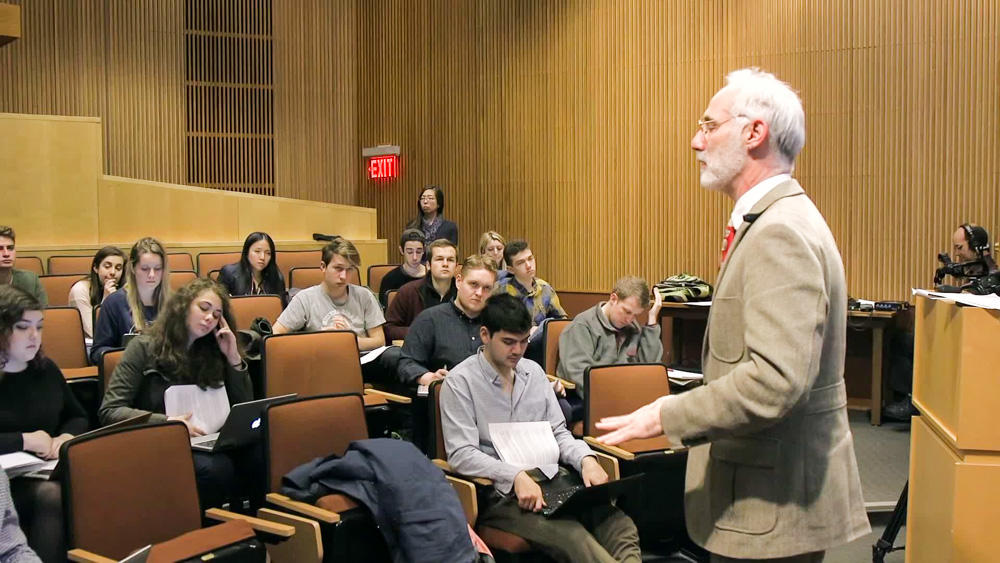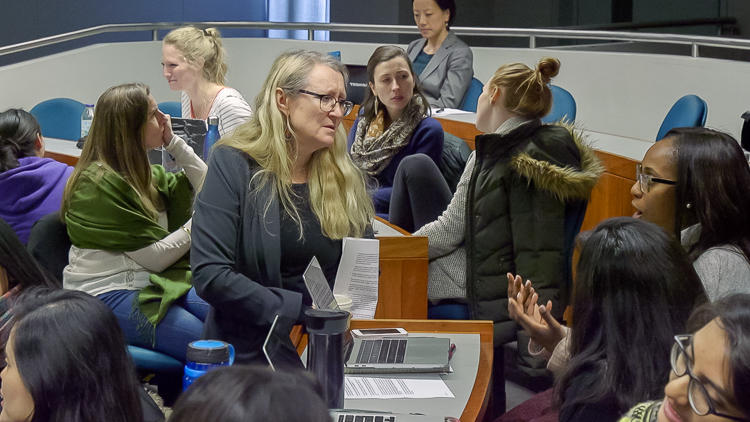Giving students substantial time during class to pause, reflect on, and verbally process their understanding can help them consolidate their learning and generate new ideas. These practices can also help teaching teams stay abreast of how students’ thinking is changing. In this video, Tina Grotzer explains how and why she gives students the space and time to reflect in class.
Giving students enough space and time to reflect
Instructor
Tina Grotzer, Principal Research Scientist in Education
Student Group
Graduate
School
Harvard Graduate School of Education
Course
Applying Cognitive Science to Teaching and Learning
Group Size
35 students
- The length of time you allocate for reflection is important. Become comfortable with longer pauses that help students push past their first ideas. Figure out the best pacing for your course and the balance between covering material and giving students enough time to grow their thinking.
- Reflection points can fit into your agenda regardless of your class format. Strategic pauses during lecture and during seminars or interactive courses can help students better absorb material and arrive at new ideas.
- Consider which points it is most helpful to have students reflect independently versus in pairs or small groups, and verbally versus in writing.
- Use reflection time to circulate among students, listening to and engaging with their thinking, or to sit with a group that would benefit from more input and direction.
- Berman and colleagues (2008) suggests that breaks and time to reflect can be cognitively restorative
- According to Brookfield and Preskill, structured silence or pauses where students are prompted to think about questions that have emerged in class can foster an environment where all students have a chance to think about important, topical questions (2016).
- This Faculty Focus blog post discusses four different types of student reflection.
- In another Instructional Moves video, Christina Villarreal demonstrates how to strategically incorporate silence into your classroom to improve the quality of classroom participation.




